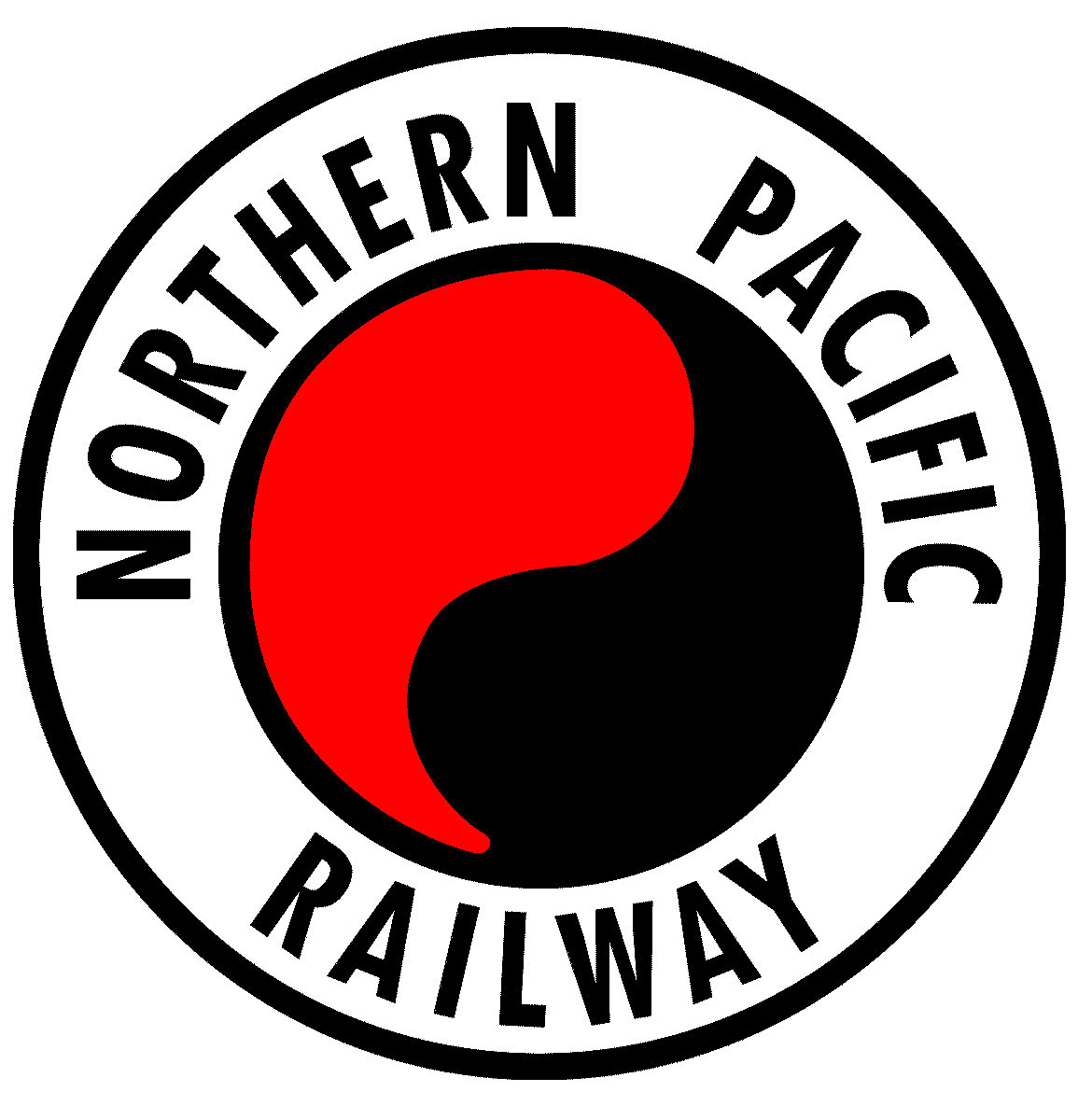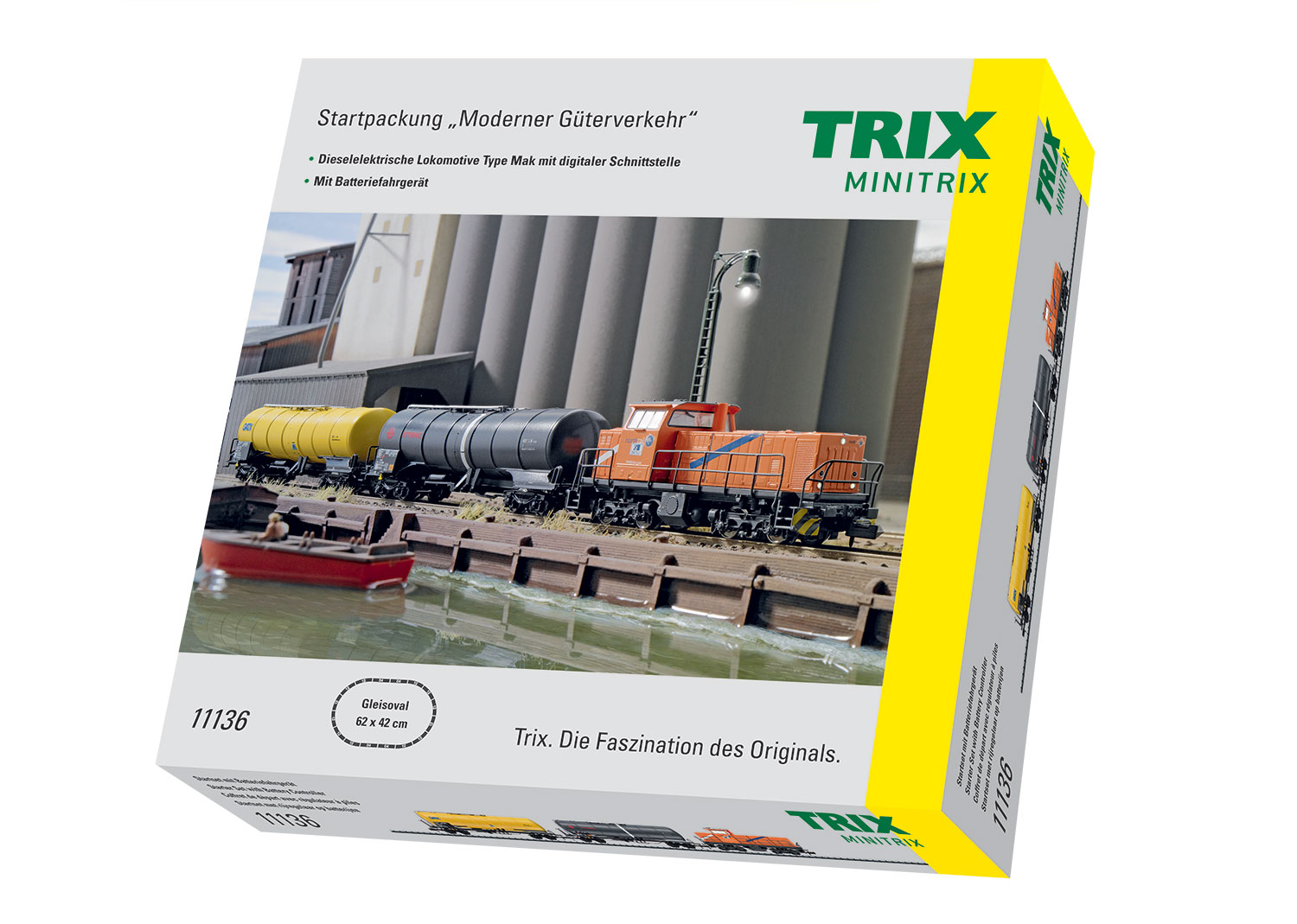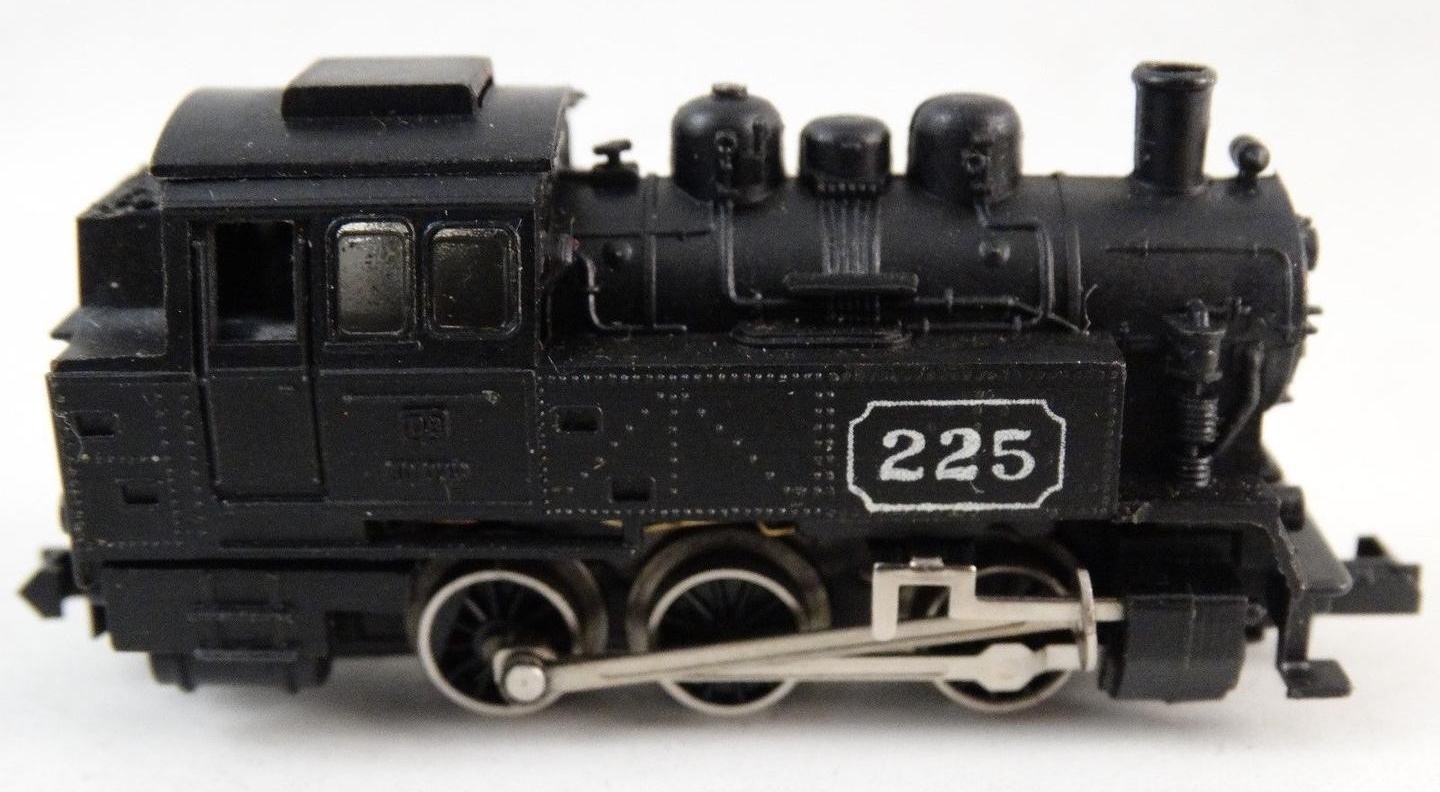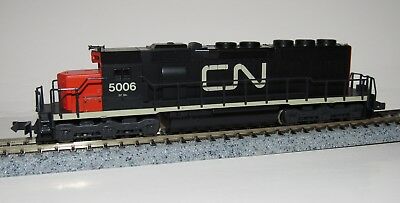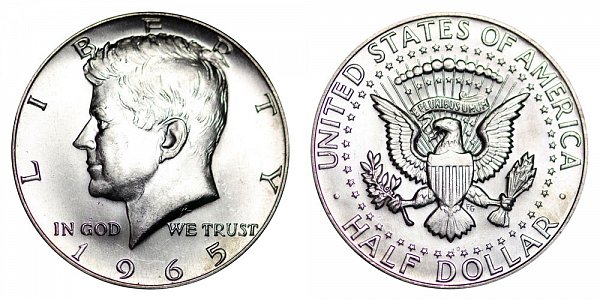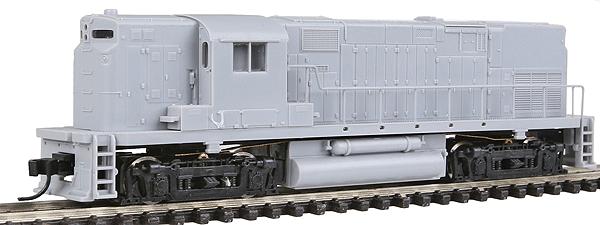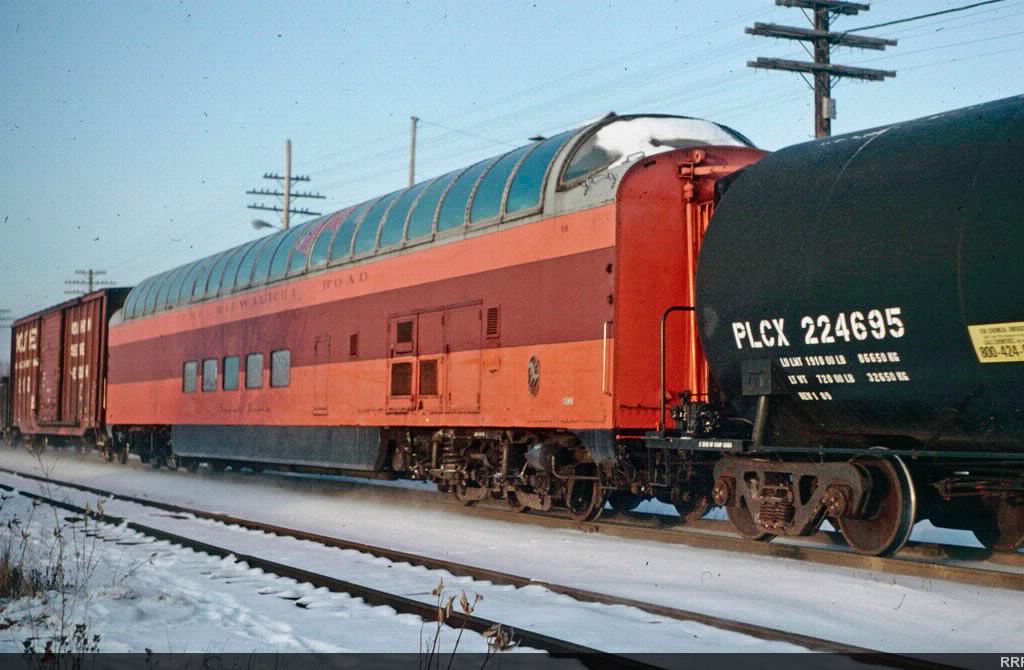Prototype History: The Super Dome was a Dome car built by Pullman-Standard for the Chicago, Milwaukee, St. Paul and Pacific Railroad ("Milwaukee Road") in 1952. The ten Super Domes were the first full-length dome cars in revenue service, first operating on the Olympian Hiawatha and Twin Cities Hiawatha in late 1952. Although a mixed blessing in passenger use, the cars garnered much publicity for the Milwaukee Road and several remain in operation.
The Milwaukee Road began taking delivery of the Super Domes in late 1952. They were numbered #50-#59. The name was chosen via an employee naming contest; rejected suggestions included Master Dome, Ultra Dome, and Panorama Dome. The domes were used on the daytime Twin Cities Hiawatha and the transcontinental Olympian Hiawatha. The Super Domes were the first and only cars on a daytime Hiawatha train built by a third party; all other Hiawatha equipment (such as the distinctive Beaver Tail and Skytop lounges) were built by the Milwaukee Road in its own shops.
The Super Domes were not a complete success in Milwaukee Road service. The heavy cars gave a rough ride, and the seats in the dome area gave an inferior view because they lay too low compared to the dome's supporting bulkheads. Still, the fame of having the first full-length dome car was good publicity for the railroad. After the discontinuance of the Olympian Hiawatha in 1961 Super Domes were seen on some of the services the Milwaukee Road operated with the Union Pacific, including the City of Denver. In 1964 the Milwaukee Road sold six of the domes to the Canadian National Railway, along with the sleeper-lounge Skytop Lounges. The remaining four domes continued on the Twin Cities Hiawatha.
These cars were run with Milwaukee Road, MILW/UP, Amtrak Phase I, CN, VIA, and NCDOT paint schemes.
The Milwaukee Road began taking delivery of the Super Domes in late 1952. They were numbered #50-#59. The name was chosen via an employee naming contest; rejected suggestions included Master Dome, Ultra Dome, and Panorama Dome. The domes were used on the daytime Twin Cities Hiawatha and the transcontinental Olympian Hiawatha. The Super Domes were the first and only cars on a daytime Hiawatha train built by a third party; all other Hiawatha equipment (such as the distinctive Beaver Tail and Skytop lounges) were built by the Milwaukee Road in its own shops.
The Super Domes were not a complete success in Milwaukee Road service. The heavy cars gave a rough ride, and the seats in the dome area gave an inferior view because they lay too low compared to the dome's supporting bulkheads. Still, the fame of having the first full-length dome car was good publicity for the railroad. After the discontinuance of the Olympian Hiawatha in 1961 Super Domes were seen on some of the services the Milwaukee Road operated with the Union Pacific, including the City of Denver. In 1964 the Milwaukee Road sold six of the domes to the Canadian National Railway, along with the sleeper-lounge Skytop Lounges. The remaining four domes continued on the Twin Cities Hiawatha.
These cars were run with Milwaukee Road, MILW/UP, Amtrak Phase I, CN, VIA, and NCDOT paint schemes.
Road Name History: The Northern Pacific Railway (reporting mark NP) was a transcontinental railroad that operated across the northern tier of the western United States from Minnesota to the Pacific Coast. It was approved by Congress in 1864 and given nearly 40 million acres (160,000 km2) of land grants, which it used to raise money in Europe for construction. Construction began in 1870 and the main line opened all the way from the Great Lakes to the Pacific when former president Ulysses S. Grant drove in the final "golden spike" in western Montana on Sept. 8, 1883.
The railroad had about 6800 miles of track and served a large area, including extensive trackage in the states of Idaho, Minnesota, Montana, North Dakota, Oregon, Washington and Wisconsin. In addition the company had an international branch to Winnipeg, Manitoba, Canada. The main activities were shipping wheat and other farm products, cattle, timber and minerals; bringing in consumer goods, transporting passengers; and selling land.
The company was headquartered first in Brainerd, Minnesota, then in Saint Paul, Minnesota. It had a tumultuous financial history, and in 1970 it merged with other lines to form the Burlington Northern Railroad.
Read more on Wikipedia.
The railroad had about 6800 miles of track and served a large area, including extensive trackage in the states of Idaho, Minnesota, Montana, North Dakota, Oregon, Washington and Wisconsin. In addition the company had an international branch to Winnipeg, Manitoba, Canada. The main activities were shipping wheat and other farm products, cattle, timber and minerals; bringing in consumer goods, transporting passengers; and selling land.
The company was headquartered first in Brainerd, Minnesota, then in Saint Paul, Minnesota. It had a tumultuous financial history, and in 1970 it merged with other lines to form the Burlington Northern Railroad.
Read more on Wikipedia.
Brand/Importer Information: 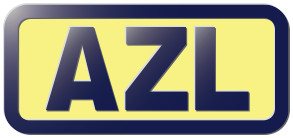 AZL is the leader in North American Z scale locomotives and rolling stock. Since 2000, AZL has released a vast variety of freight, passenger and locomotives. AZL continues to push the boundaries of Z scale with amazing details and incredible performance. No matter if you are looking to run steam, or the most modern diesels, AZL has something for you.
AZL is the leader in North American Z scale locomotives and rolling stock. Since 2000, AZL has released a vast variety of freight, passenger and locomotives. AZL continues to push the boundaries of Z scale with amazing details and incredible performance. No matter if you are looking to run steam, or the most modern diesels, AZL has something for you.

Item created by: CNW400 on 2021-07-14 15:43:22
If you see errors or missing data in this entry, please feel free to log in and edit it. Anyone with a Gmail account can log in instantly.
If you see errors or missing data in this entry, please feel free to log in and edit it. Anyone with a Gmail account can log in instantly.



